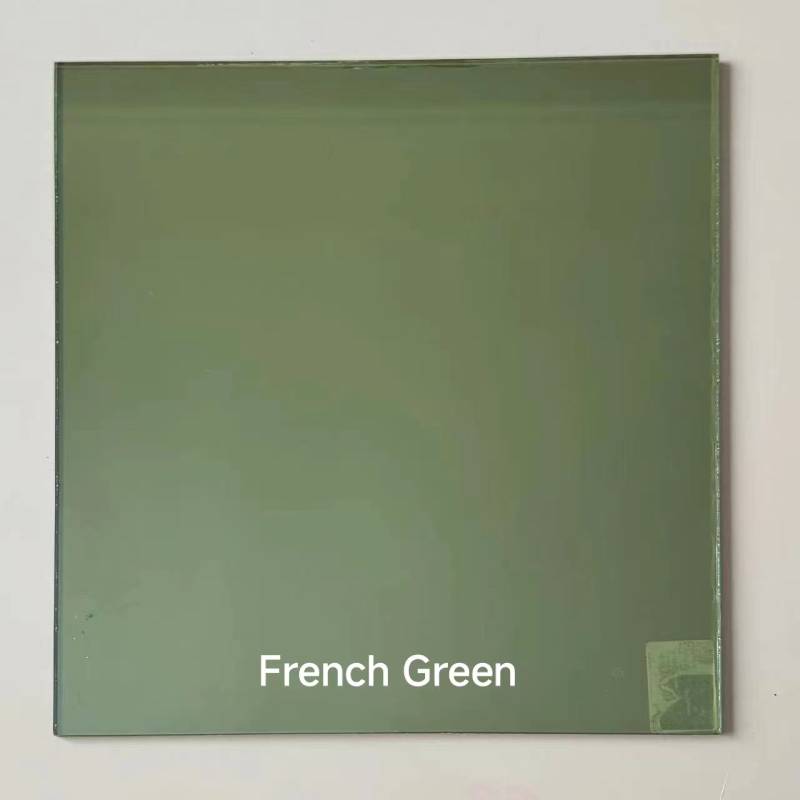

The Art of Decorative Glass Manufacturing A Fusion of Tradition and Innovation
In the realm of design and architecture, few elements hold the same captivating allure as decorative glass. This unique material not only enhances aesthetic appeal but also serves functional purposes in various applications, from architectural facades to interior decor. As a decorative glass manufacturer, the journey from conception to creation involves a meticulous blend of artistry, craftsmanship, and modern technology.
Understanding Decorative Glass
Decorative glass encompasses a wide range of styles and applications, including stained glass, etched glass, colored glass, and several types of laminated glass. Each type boasts its distinctive qualities that can transform any space, be it a residential home, a commercial building, or a public installation. Stained glass, for example, is renowned for its vibrant colors and intricate designs, often gracing church windows and historical buildings. Alternatively, etched glass offers a more subtle elegance, providing privacy while allowing light to permeate through beautifully crafted patterns.
The versatility of decorative glass makes it an ideal choice for architectural elements, such as doors, windows, skylights, and room dividers. It can also be utilized for artistic installations, like murals and sculptures that captivate viewers. The significant demand for these products underscores the importance of skilled decorative glass manufacturers who can turn artistic vision into reality.
Crafting the Perfect Piece
The process of manufacturing decorative glass begins with careful design. Artists and designers collaborate to create plans that reflect the intended style and function of the glass. This initial stage is crucial as it establishes the foundational aesthetic that will guide the subsequent production process. Advanced software can assist in visualizing complex designs, allowing for adjustments before the glasswork begins.
Once the design is finalized, the manufacturing process takes place in specialized facilities equipped with modern tools and machinery. The glass itself is typically sourced from high-quality raw materials to ensure durability and clarity. Techniques such as blowing, casting, and melting play a crucial role in shaping the glass, each offering unique characteristics that contribute to the final product's appeal.

For stained glass, artisans meticulously cut pieces of colored glass and assemble them using lead came or copper foil. This intricate process requires exceptional precision to ensure that the joints are seamless and visually pleasing. Meanwhile, etched glass can be produced using sandblasting or chemical processes that allow for intricate designs to be engraved on the glass surface.
Innovation Meets Tradition
While the craft of decorative glass manufacturing is steeped in tradition, innovation continues to drive the industry forward. The advent of technology has introduced new techniques and materials that enhance both the quality and efficiency of production. For instance, laser engraving offers unparalleled precision and allows for the creation of highly detailed patterns that were previously difficult to achieve.
Moreover, manufacturers are increasingly exploring eco-friendly practices. Recycled glass is becoming more prevalent, reducing waste and promoting sustainability without compromising quality. This shift towards greener alternatives is welcomed by both consumers and clients who prioritize environmental responsibility in their purchasing decisions.
The Future of Decorative Glass Manufacturing
As we look toward the future, the decorative glass industry is poised for exciting developments. Rapid advancements in technology, coupled with a growing appreciation for bespoke design, create endless possibilities for innovation. Customization is becoming a dominant trend, with clients seeking unique pieces that reflect their personal style or corporate identity.
Additionally, the integration of smart technology into glass products is an emerging frontier. Smart glass, which can change opacity or block UV rays at the touch of a button, is catching the attention of architects and designers looking to create multifunctional spaces.
In conclusion, decorative glass manufacturing is an art form that combines tradition with modern techniques, resulting in stunning creations that enhance our environments. As manufacturers evolve and adapt to changing trends and technologies, the potential for decorative glass remains limitless. Whether enhancing the beauty of a home or contributing to the iconic architecture of a city, decorative glass continues to inspire and captivate, ensuring its place in our lives for generations to come.